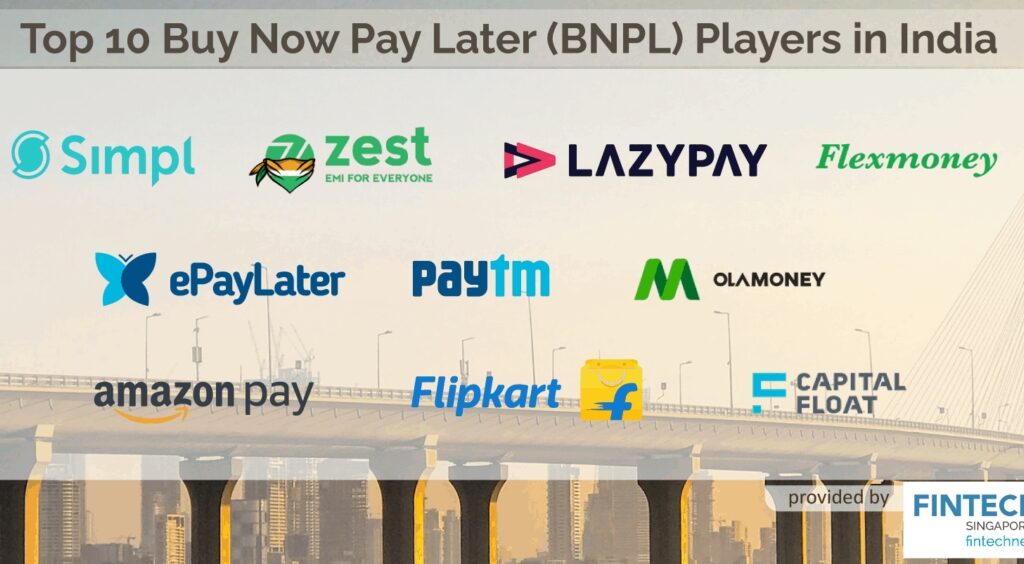It was the early 2000s. It was the best of times for prospective homeowners to pursue the American Dream of owning a home. Interest rates were low, the housing market was flush with supply and prices were rising. It was a no-brainer to apply for a home mortgage. Banks got into the action, lent aggressively, often disregarding prudent credit risk guidelines, lending to customers with questionable credit, violating their own credit committee and risk management department rules.
However, good times don’t go on forever. Questionable use of sexy exotic derivatives like Credit Default Swaps (CDS) developed by PhDs and Quants in Financial Engineering departments which “packaged” these mortgages and resold to investors around the world who lapped it up without much due diligence of their own. They brought in the “Greed” component of Fear-and-Greed twins ruling financial markets. Then came the reckoning or in Sanskrit, the Pralay, the Great Flood.
Defaults started happening as these questionable homeowners started defaulting, homes foreclosed, banks left holding unsold inventory of mortgages of defaulted loans. Other banks refused to lend to such banks causing a crisis of confidence. “Fear” took over the markets as participants suspected this was a “contagion” that could affect the entire worldwide financial system. Banks like Bear Stearns, Lehman Brothers went under and disappeared. Central banks of the US and other governments had to step in to stem the losses. We are still feeling the aftershocks of this crisis in some form or the other.
Now why did I write so much about a financial crisis that happened halfway across the world?
Because I can see another crisis emerging in India but under a different avatar, and which has the similar underlying reason – the Buy Now Pay Later. I believe if the regulators do not keep this monster in check, such pay later apps have the power to drown the Indian consumer in piles of debt and spread the disease of financial indiscipline among the young population and families.
What is BNPL ?
It is an acronym for Buy Now Pay Later. That means, a merchant is offering to sell his product to you wherein you pay an initial deposit and promise to pay the rest in instalments. A slew of payment startups backed by marquee global investors are competing intensely to capture share of the market, paying scant attention to risks underlying their operations. Additionally, in their rush to acquire customers many a company is walking borderline on illegal business practices such as false advertising.

How is the Younger Generation getting affected by Buy Now Pay Later?
The young consumer, especially the GenZ is already in the midst of a consumer boom, driving digital sites like Amazon, Flipkart, Myntra, etc. The “instant gratification” aspirational generation is on a buying spree, spurred on by slick advertisements that bombard their Instagram, Facebook, and Snapchat apps. BPNL companies have removed the one checkpoint between the young consumer and this runaway habit of consumerism by selling them the “good news” that they don’t have to pay for the item now, rather, think about it for later. Thus, the barrier of financial discipline that was protecting the young generation is now removed.
What makes BNPL a Potential Financial Disaster ?
“Buy Now Pay Now” in a weird way-imposed friction in runaway consumerism, by imposing the hurdle that buyers had to pay for the product “now”. BNPL removes that barrier, bringing into the market those buyers with questionable financial discipline, who might not have the resources to pay “later” instalments. Additionally, the penalty of a missed payment is an interest rate much higher than that of credit card default, and an adverse credit report which stays throughout one’s life, including the time when one wants to apply for any other loans such as education or home loan.
In this we see a similarity with the housing crisis of 2007 where greedy banks lent to homeowners with questionable credit throwing caution to the wind, and finally had to face the music when borrowers defaulted. BNPL also shares the dubious similarity with the now shamed rip off schemes of “Payday Loans” in the US which scammed unfortunate low-income folks by pushing loans onto them and locking them into very high interest penalties upon default. I am convinced that if the BNPL industry does not impose credit risk standards on itself, it will be left holding a huge portfolio of bad loans, which will ripple through the banking system no doubt, but also devastate the young aspirational generation and households.
Conclusion
BNPL is somewhat like EMIs. However, loosening the system of checks and balances is what is troublesome. The quest for more profits must be weighed against the threat of additional risk injected into the system. In any financial lending entity Credit Risk and Operational Risk standards are the two most important protectors against financial ruin. It seems the new age companies and some of the legacy firms in their obsession with market share and profits are relegating them to the background. Runaway promotion of “Buy Now Pay Later” is sure to end up for the younger consumer as “Buy Now Regret Later”.
Do you want to receive my personally curated insights on the Finance industry , finance theory and its practical applications, or insights into career matters in the finance industry? If yes, enter your email and click the Subscribe Button in the sidebar to receive automatic updates as soon as they are published.